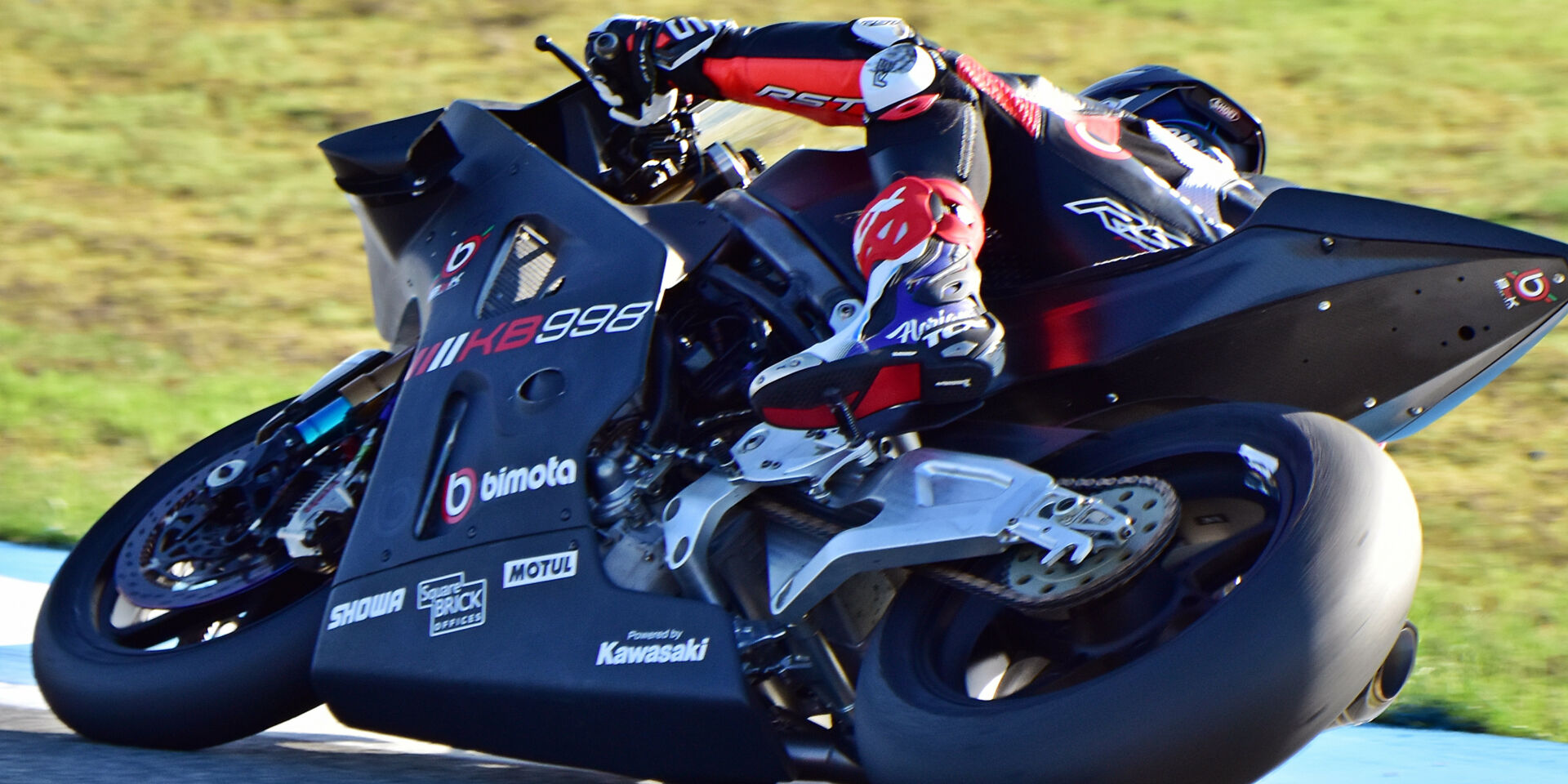A 'hidden electronic warfare battle' is raging in Ukraine and demanding more from the soldiers fighting it, special drone unit says
Ukraine's special drone unit Typhoon said operators are constantly adapting to prevalent Russian jamming, an invisible ongoing challenge.
Typhoon unit/National Guard of Ukraine
- Russia's electronic warfare tactics have forced Ukrainian drone operators to constantly adapt.
- It's a hidden battle in the electromagnetic spectrum, Ukraine's special drone unit Typhoon said.
- The intense electronic warfare fight is exceptionally demanding for Ukraine's forces.
Drone operators flying uncrewed aircraft over Ukraine are constantly running into invisible shields, causing them to suddenly lose control of their drones as signals are severed.
Everything's normal, and then suddenly, the controls are dead, feeds are out, and it's gone.
Electronic warfare has become as pervasive on the battlefield in Ukraine as drones are, jamming and confusing drones and traditional weapons alike.
It's an unseen threat demanding frequent adaptation. Ukraine's special drone unit, Typhoon, told Business Insider that this "hidden electronic warfare battle" makes drone warfare much more complicated for operators.
Electronic warfare refers to a variety of combat actions in the electromagnetic spectrum. For instance, jammers flood radio frequencies with noise, signals can be scrambled, and GPS systems can be spoofed. EW, as it is called for short, arose as a prominent countermeasure to the prolific use of cheap combat drones by both Ukraine and Russia.
In response, drone technology has started to evolve, with unjammable fiber-optic drones emerging in battle. These drones are tethered to the operator by a fiber-optic cable, ensuring a stable connection even in heavy EW environments.
Electronic warfare has affected more than just drones. It has also impacted Western- and US-provided precision weapons. US officials have described adversary EW as an ongoing challenge requiring new solutions for both the war in Ukraine and future conflicts.
Typhoon said the electronic warfare battle "plays a crucial role in modern warfare."
The unit said in response to BI's queries that electronic warfare is forcing Ukrainian drone units to do a lot more work before launching their uncrewed reconnaissance or strike systems. It also requires that they employ their own countermeasures.
Typhoon told BI that the unit's drone operators "must constantly analyze and adapt to the battlefield's electronic environment, identifying gaps in enemy jamming coverage to configure drones accordingly." Anadolu/Anadolu via Getty Images
Ukraine's forces have worked to adapt to Russia's jamming, sometimes relying on alternative systems that don't depend on GPS, using other guidance mechanics, or locating and destroying Russian electronic-warfare sites. Ukraine has also developed its own techniques to scramble Russian drones and missiles.
Jamming is among the more prominent methods of neutralizing enemy drones. Intense jamming in certain areas of the front has kept many drones from reaching their intended targets.
In the Ukrainian army, every drone operation team "requires a jamming system mounted on their vehicle when deploying to their position, along with a tool capable of identifying the frequency of radio signals," Typhoon said, highlighting the complexities of countering modern threats.
Each brigade, too, has its own electronic warfare division focused on detecting, jamming, and disrupting Russia's electronic warfare, communications, and command systems.
Typhoon said operators engage in an ongoing process of analyzing signals, changing the frequencies their drones work on, and employing countermeasures. All of these are "invisible yet essential" components of successful drone operations, the unit said. Tetiana DZHAFAROVA / AFP
Founded last year, Typhoon has become a prominent element of Ukraine's efforts to expand its development and use of uncrewed systems.
Its operators, the number of which the unit wouldn't disclose for security reasons, have to be flexible and quick-thinking. The unit said that while fighting isn't like playing a video game, gamers can, in some cases, make good pilots because they may have already developed those skills.
Its engineers, likewise, must rapidly analyze and develop drone configurations.
But countering EW is a constant process and sometimes requires new strategies. A major part of the work being done by units like Typhoon is creating a favorable environment for launching their systems. That includes using electronic intelligence (ELINT) systems to identify what frequencies Russia is using for its jamming operations and then quickly configuring their drones to operate on alternative ones.
"This is an ongoing challenge," Typhoon said, "as the enemy continuously analyzes UAV frequencies and updates their jamming technology to adapt."












































































